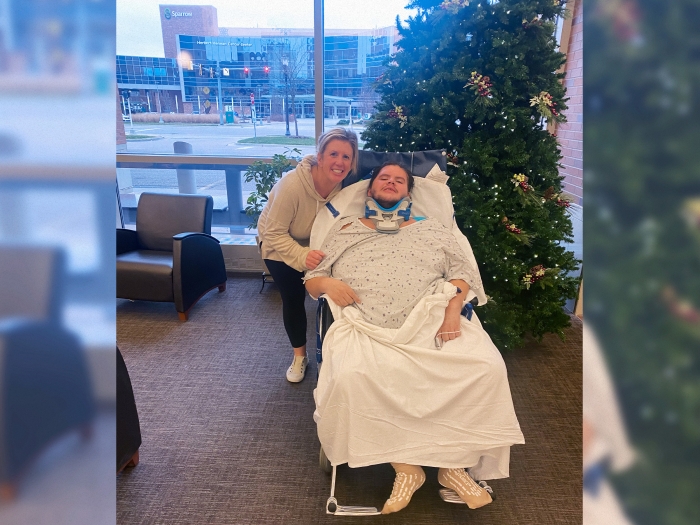After spending nearly three weeks trapped in a cave, the rescued soccer players and their coach face a tough yet hopeful road to recovery.
2:30 PM
Author |

The miraculous rescue of 12 young soccer players and their coach from the Tham Luang caves of Thailand had millions worldwide breathing a sigh of relief this week.
LISTEN UP: Add the new Michigan Medicine News Break to your Alexa-enabled device, or subscribe to our daily audio updates on iTunes, Google Play and Stitcher.
The rescued are being treated in an isolation ward where medical officials say the patients appear to be in high spirits.
Still, they face extended hospitalization due to weakened immune systems, slow heart rates and possible lung infections.
"The primary risk for these boys and their coach was exposure injury," says Brendan Byrne, M.D., director of Wilderness Medicine at Michigan Medicine. "This means damage to their systems related to temperate and weather conditions, mostly temperature and moisture in this case."
Those conditions can be brutal.
"The specific heat of water is over four times that of air, so being underground in this water posed a great danger to everyone trapped," says Byrne, who is also team physician for the Washtenaw County Sheriff's Office Underwater Search and Recovery Team and a Navy Undersea Medical Officer.
The fact this rescue was so successful with the given conditions is incredible.Brendan Byrne, M.D.
People involved in the mission faced major risks as well. Nineteen rescue divers navigated through rapid water and narrow passages with limited oxygen and light.
One fatality occurred when a former Thai Navy SEAL died from lack of air while delivering oxygen tanks in the cave on July 6.
MORE FROM MICHIGAN: Sign up for our weekly newsletter
"Cave diving is considered a technical specialty and is one of the highest risk types of diving," says Byrne. "It exposes you to enclosed spaces, strong currents, limited mobility, and there is limited sensory input, which leads to disorientation; then there are traumatic injuries and marine wildlife."
Monsoon rains and flooding created additional hazards for rescuers.
"Monsoon rains can cause pressure differentials, so you can get intense currents in a cave system," says Byrne. "These systems aren't smooth pathways, so you can be exposed to rapid change in depth, which changes the diver's profile, sometimes dramatically and unexpectedly. Consequences of this can include decompression sickness or oxygen toxicity."
Besides low oxygen levels or lack of oxygen altogether, being trapped in a flooded cave for over two weeks, malnourished and surrounded by cave wildlife, can have serious consequences.
Caves are prone to fungal infections, Byrne notes.
"This can be insidious; these cave illnesses can be disguised as a standard cold until it manifests," he says. "When you're malnourished and you're subjected to exposure, your immune system is also weakened, making you more prone to illness."
While the condition of the boys and coach remains unclear, officials have said those rescued are relatively healthy.
Says Byrne: "The fact this rescue was so successful with the given conditions is incredible; my hat is off to that entire team."

Explore a variety of health care news & stories by visiting the Health Lab home page for more articles.

Department of Communication at Michigan Medicine
Want top health & research news weekly? Sign up for Health Lab’s newsletters today!





